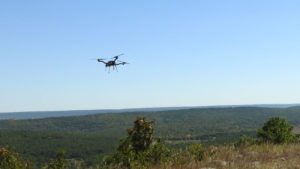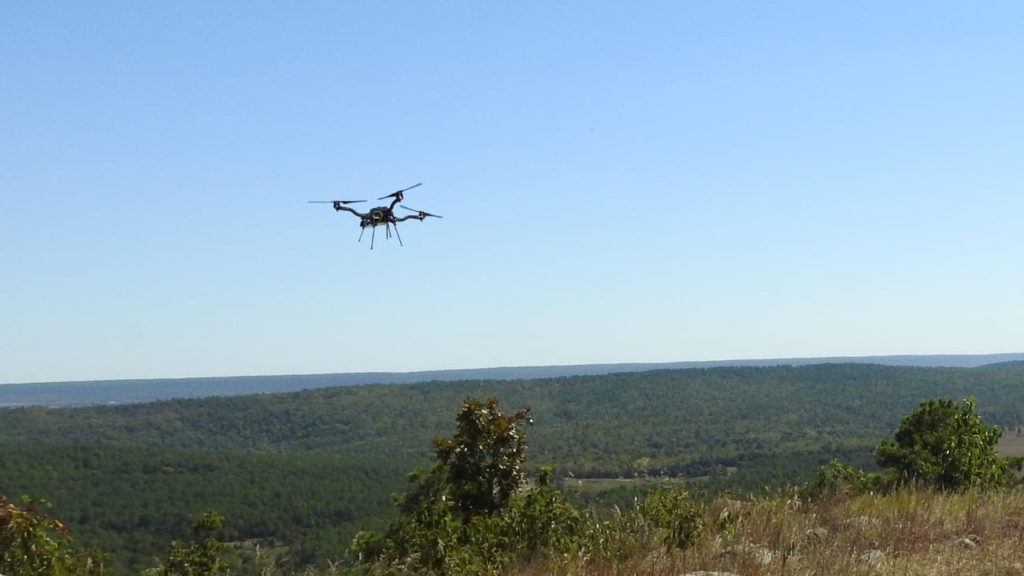 News and commentary. U.S. Government Accountability Office (GAO) Report on Drone Integration We discovered the need for a more inclusive strategy and better communication.
News and commentary. U.S. Government Accountability Office (GAO) Report on Drone Integration We discovered the need for a more inclusive strategy and better communication.
Continue reading below or listen to:
The GAO report on drone integration concludes with four recommendations:
- “FAA administrators should develop a drone integration strategy that includes all seven elements of a comprehensive strategy”;
- “FAA management will evaluate current documentation to identify options that more clearly communicate how applicants will meet drone operational request requirements, and to clarify the FAA’s internal processes for reviewing and approving operational requests. must be communicated.”;
- “FAA administrators should develop and document a formal lessons learned process for drone integration activities, which includes all six key practices of the lessons learned process.”;
- “FAA administrators should implement formal lessons learned processes they have developed for ongoing drone integration activities, including Part 107 waiver reviews and BEYOND programs.”
The report primarily calls for streamlining and clarifying the process for obtaining approval for advanced operations, noting that “more than half of the 15 industry participants believe the FAA considers and approves advanced operations. I told GAO that I did not clearly communicate my requirements to the
Commentary: The frustration of the drone industry is clear, they struggle to implement use cases quickly through the process. Drone integration is critical to scaling the industry, and while it’s not happening as fast as many would like, the process will also depend on input from various other government agencies and stakeholders.FAA issued its first airworthiness certificate in 2005, the drone industry has developed at a breakneck pace compared to the regulation and infrastructure development of technologies such as manned aircraft and self-driving vehicles. (For reference, GM exhibited his first self-driving car in 1939 and built it in 1959. It’s been over 25 years since the first self-driving car actually crossed the US. has passed.) Click here for drone integration timeline Just a quick reminder of the progress and how many different aspects of drone integration are actually there.
Communication is essential, as is clear standards and guidelines. Streamlining the complex approval process will definitely help the drone industry expand. (The FAA, including the LAANC program, has made great strides on this issue over time.) The GAO’s recommendations are not unreasonable, but the major demands from the small divisions of federal agencies they are currently responding to are not unreasonable. and there are many documents. Transition to permanent FAA admin, geopolitical turmoil, unidentified objects over US airspace, Chinese weather balloons. Drone integration is a broad topic, encompassing new technologies, new processes, new use cases, and various stakeholders. Better communication and clearer definitions would certainly benefit the commercial drone industry, but demanding more reporting and academic papers could ditch the FAA’s already scarce resources. The GAO may have beneficially recommended allocating more funding and personnel to the Secretariat to speed up the process.
read more:
Miriam McNabb, editor-in-chief of DRONELIFE and CEO of professional drone services marketplace JobForDrones, is a fascinating observer of the emerging drone industry and drone regulatory environment. With her 3,000+ articles focused on the commercial drone space, Miriam is an international speaker and recognized figure in the industry. Miriam holds a degree from the University of Chicago and has over 20 years of experience in high tech sales and marketing new technologies.
For drone industry consulting or writing, please email Miriam.
twitter:@spaldingbarker
Subscribe to Drone Life here.
